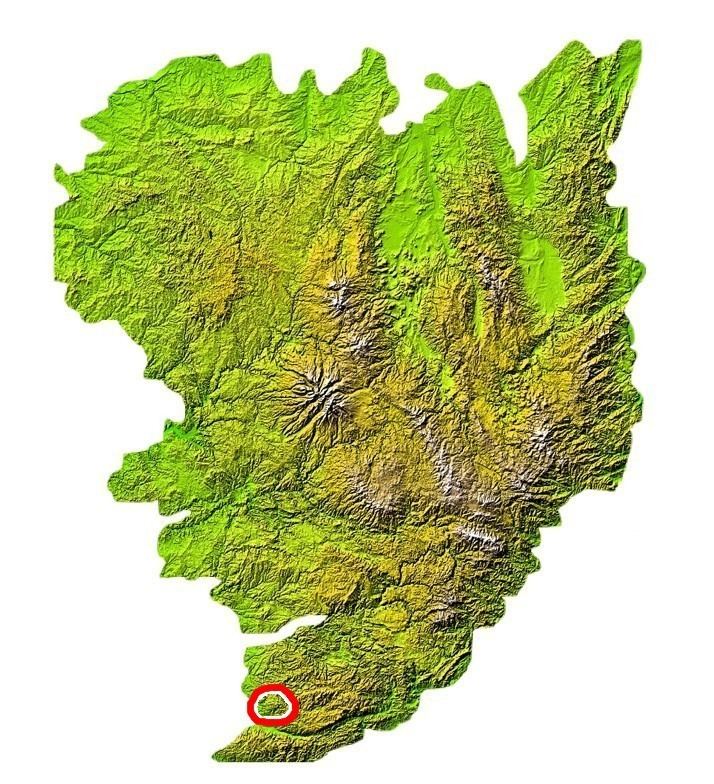Peak Le Patau Phone +33 5 63 74 63 38 | Elevation 707 m (2,320 ft) Area 88 km² | |
 | ||
Address Haut Languedoc Natural Regional Park, Maison du Sidobre - Vialavert, 81260 Le Bez, France Hours Open today · 10AM–12PM, 2–5PMTuesday10AM–12PM, 2–5PMWednesday10AM–12PM, 2–5PMThursday10AM–12PM, 2–5PMFriday10AM–12PM, 2–5PMSaturdayClosedSundayClosedMondayClosedSuggest an edit Similar Le Castelet, Moulin de Record ‑officiel, Camping Le Plô, Le Moulin du Barthas, Office de Tourisme de Castres Profiles | ||
Lieux de l gendes le sidobre tarn
The Sidobre is a mountainous area located in the south of the Massif central, in central France. It is a 15.3 km long, 6.6 km wide plateau made of granite, covered with forests. Its highest point is in the lieu-dit “Le Patau” (707 m.).
Contents
- Lieux de l gendes le sidobre tarn
- Visite et balade au sidobre castres dans le tarn r gion midi pyr n es france
- Location
- Geology
- Sites
- Economy
- References
Visite et balade au sidobre castres dans le tarn r gion midi pyr n es france
Location
It is located in the Tarn department, at the South-Western end of the Massif central, between Lacrouzette, Ferrières, Saint-Salvy-de-la-Balme and Lafontasse, surrounded by the following natural regions :
Geology
The granite of the Sidobre is a plutonic rock resulting from a Hercynian intrusion dated back (using the Rubidium-Strontium method) to 304 ± 8 Ma. The magma cooled down slowly and crystallised at a depth of 7.5 to 20 km. It eventually came to the surface with the erosion of the Cambrian metamorphic rocks. In the central part of the massif, the granite is a granodiorite slightly porphyric, hence its blue tints, while the outer part is essentially composed of monzonite.
Sites
Originally composed by one single piece of rock, the Sidobre was cracked by the Pyrenean orogeny, thus becoming more exposed to the rhexistasy, which explain the remarkable natural forms and constructions of the site.
The Sidobre, while just adjacent to it, is totally independent from the Montagne Noire. They are separated by the sedimentary basin of Castres and the “Thoré trench”.
This stunning site, with its dozens of huge strange-shaped rocks, is unique in Europe (other sites exist in France, but in a much smaller scale), and has inspired many legends and tales.
Economy
The Sidobre is an important zone of quarrying, representing half of the granite production in France, with about 1,200 employees and 100 companies. The number of quarries has been constantly decreasing since the 1950s, reaching barely fifteen nowadays, though the exploitations have grown bigger. The activity suffers from the competition with China. Its granite being used for many purposes: pavements, airport runways, funerary art…
While mass tourism is still uncommon in the area, local tourism also contributes to the Sidobre’s economy.
The site and its environment have been placed under the protection of the Haut-Languedoc Regional Nature Park.
